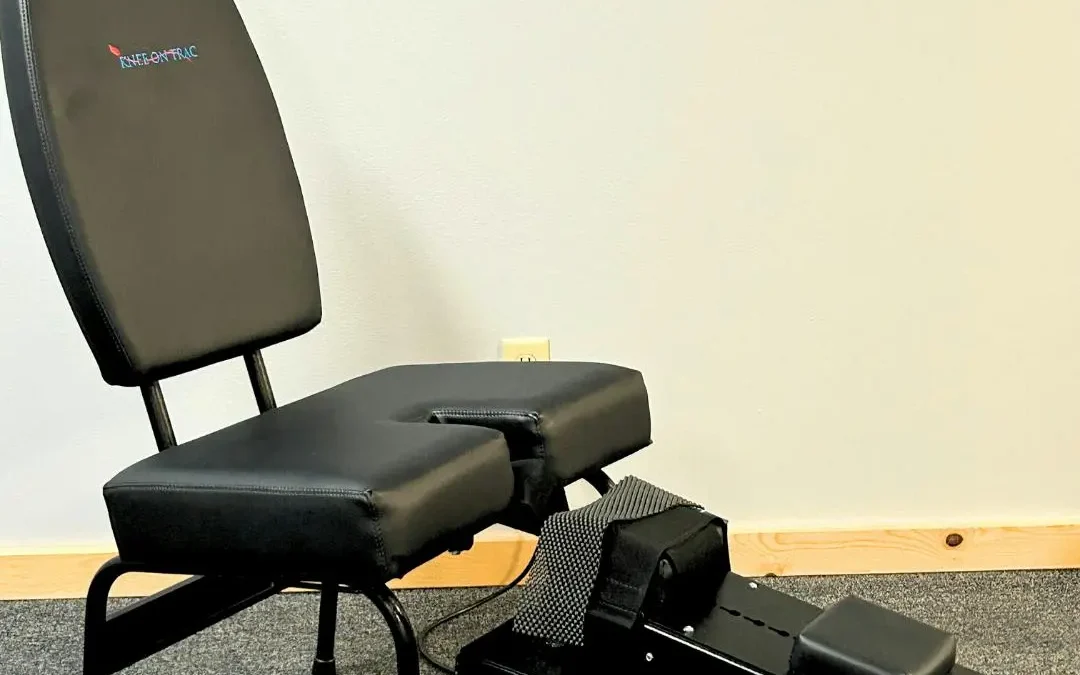
Unlock Relief: Exploring the Knee on Trac Decompression System for Chronic Knee Pain
The human body is an intricate system of interconnected parts, each playing a crucial role in maintaining overall health and functionality. One such critical component is the knee joint, which bears the weight of our bodies and facilitates movement. However, due to various reasons such as age, injury or disease, this joint can become compromised leading to chronic pain and limited mobility. This is where innovative solutions like the knee on trac decompression system come into play.
What is the Knee on Trac Decompression System?
The knee on trac decompression system is a state-of-the-art therapy method designed to alleviate chronic knee pain without resorting to invasive procedures or reliance on medications. This non-surgical treatment option uses mechanical traction to increase space between the bones in the knee joint, thereby reducing pressure and promoting healing.
The Knee on Trac system offers a unique approach by providing decompression therapy specifically tailored for the knee joint. It aims at creating conditions that facilitate tissue repair and relief from pain by enhancing circulation and nutrient exchange in the affected area.
How Does The Knee On Trac Decompression System Work?
Understanding how this system works requires a basic knowledge of knee anatomy. The knee joint comprises three bones – femur (thigh bone), tibia (shin bone), and patella (knee cap). These bones are cushioned by cartilage that prevents them from rubbing against each other.
In cases of osteoarthritis or injury, this cartilage can wear down or get damaged causing severe pain due to bone-on-bone friction. The knee on trac decompression system works by gently stretching the knee joint, increasing space between these bones. This reduces pressure on nerves and tissues around them while promoting increased circulation which aids in healing.
During a typical session with the Knee On Trac system, you will sit comfortably with your leg secured into place on the machine. The system then applies a gentle, controlled traction to your knee, gradually increasing the space within the joint. This process can help draw fluids into the joint, promoting healing and reducing inflammation.
Benefits of Using the Knee on Trac Decompression System
One of the primary benefits of using the knee on trac decompression system is its non-invasive nature. This makes it an excellent option for individuals who are not suitable candidates for surgery or those who prefer to avoid it due to personal reasons or potential risks involved.
Another significant advantage is that this system targets pain at its source rather than merely masking symptoms. By promoting natural healing processes within the body, it offers a more sustainable solution to chronic knee pain.
Furthermore, patients often report experiencing relief after just a few sessions with the Knee On Trac system. This quick response time can significantly improve quality of life for individuals suffering from chronic knee pain.
Who Can Benefit from Knee on Trac Decompression Therapy?
The knee on trac decompression therapy can be beneficial for individuals suffering from various conditions such as osteoarthritis, meniscus tears, chronic knee pain, failed surgery syndrome and other degenerative conditions affecting the knee joint.
However, like any other treatment method, it’s essential to consult with a healthcare professional before starting therapy with the Knee On Trac system. They will assess your condition and medical history to determine if this treatment option is suitable for you.
Revitalize Your Knees: The Path to Lasting Relief with Knee on Trac Decompression
Invest in the well-being of your knees and take control of your life! Foundations Health and Physical Medicine is your partner on the journey to relief with the groundbreaking Knee on Trac Decompression System. Don’t let chronic knee pain hold you back – schedule your appointment now and embark on the path to lasting comfort and mobility. Call Foundations Health and Physical Medicine today to rejuvenate your knees and embrace a pain-free future!


